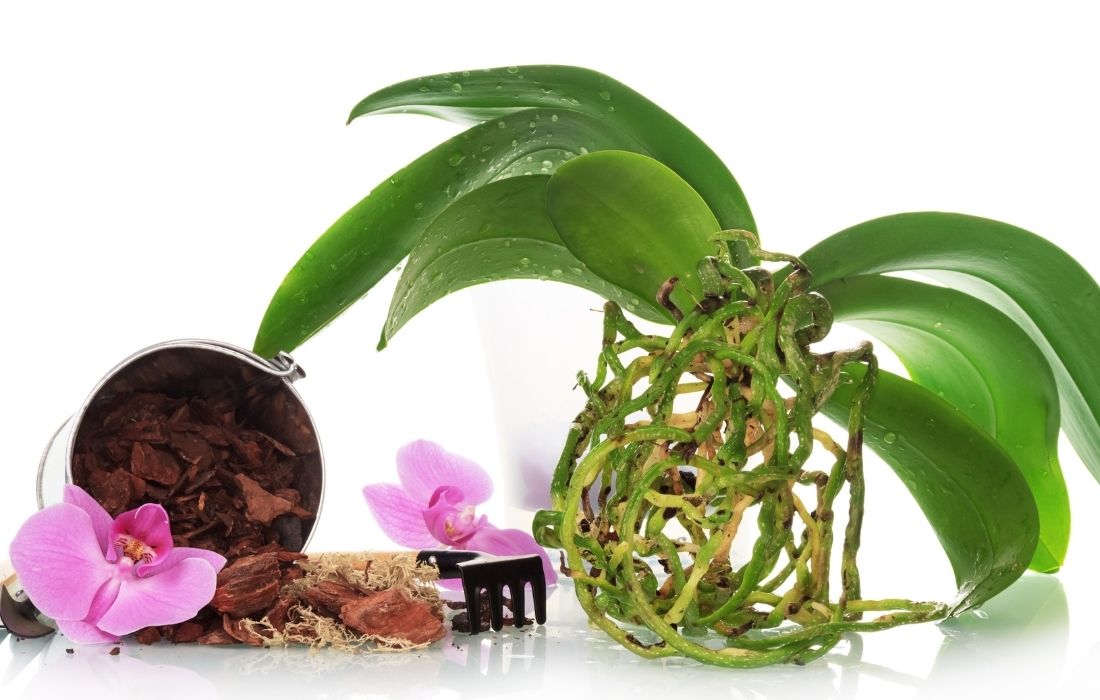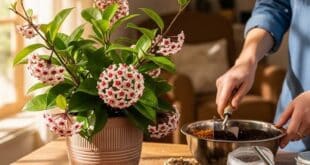Understanding Orchid Roots and Soil
In this article, we’ll provide you with detailed information about orchid potting mix, essential tips, and insights into the right and wrong ways of caring for your orchids. Orchids are unique plants with aerial root structures, as their natural habitat is tree bark. Because of this, the root structure of orchids and the soil where the roots grow play a critical role in their development. If you want your orchids to thrive, understanding the proper potting mix is essential.
Why Regular Potting Soil Won’t Work for Orchids
Orchids will never grow successfully in regular potting soil. Their roots need air and light, which regular soil cannot provide. Using normal soil suffocates the roots, preventing them from getting sufficient air, which eventually leads to their decline. This is why special soil mixtures have been developed specifically for growing orchids indoors.
The best orchid potting mix is designed to have high permeability, retain moisture, contain air gaps, and be rich in organic matter. These qualities allow orchid roots to breathe and thrive, mimicking their natural environment.
Types of Orchids and Their Soil Requirements
Orchids are generally categorized into two main types: Phalaenopsis and Dendrobium. Although their soil requirements are similar, slight adjustments might be necessary depending on the type of orchid you have.
When choosing an potting mix, ensure it is organic and free from harmful materials like plastic, processed chemicals, or synthetic additives. Organic mixtures provide the ideal environment for orchids, promoting healthy growth and flowering.
Organic Components in Orchid Potting Mix
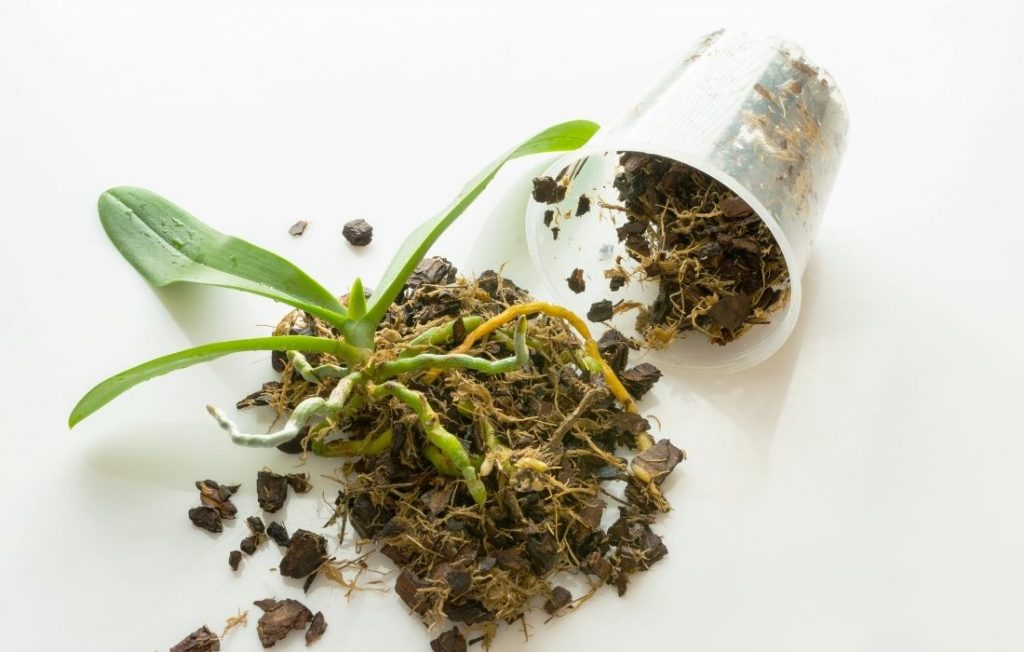
The United States Department of Agriculture (USDA) and the Organic Materials Review Institute (OMRI) have identified several organic components that are safe and effective for orchid soil mixtures. These include:
- Bark: Fir, cedar, and pine bark are commonly used in orchid potting mix. Bark improves drainage, increases water retention, and helps roots breathe.
- Sphagnum Peat Moss: This component keeps the orchid roots consistently moist, which is crucial for their growth.
- Coconut Coir: Derived from the fibrous outer shell of coconuts, coconut coir retains moisture, provides excellent drainage, and enhances aeration.
- Charcoal: When made from untreated wood or burnt organic matter, charcoal absorbs salts and bacteria, protecting the plant and keeping the soil healthy.
- Perlite: To qualify as organic, perlite must not come into contact with chemicals during processing. It improves drainage and prevents soil compaction.
Inorganic Materials in Orchid Potting Mix
In addition to organic materials, certain inorganic materials can also be used in potting mix. These include fertilizers and polystyrene foam, which enhance the soil’s structure and provide additional nutrients.
Choosing the Right Orchid Potting Mix for Your Plant
To select the ideal orchid potting mix, you first need to identify the type of orchid you’re growing and its specific needs. For example, Phalaenopsis orchids prefer soil that remains moist, while Dendrobium orchids may require a slightly drier mix.
Customizing Your Orchid Potting Mix
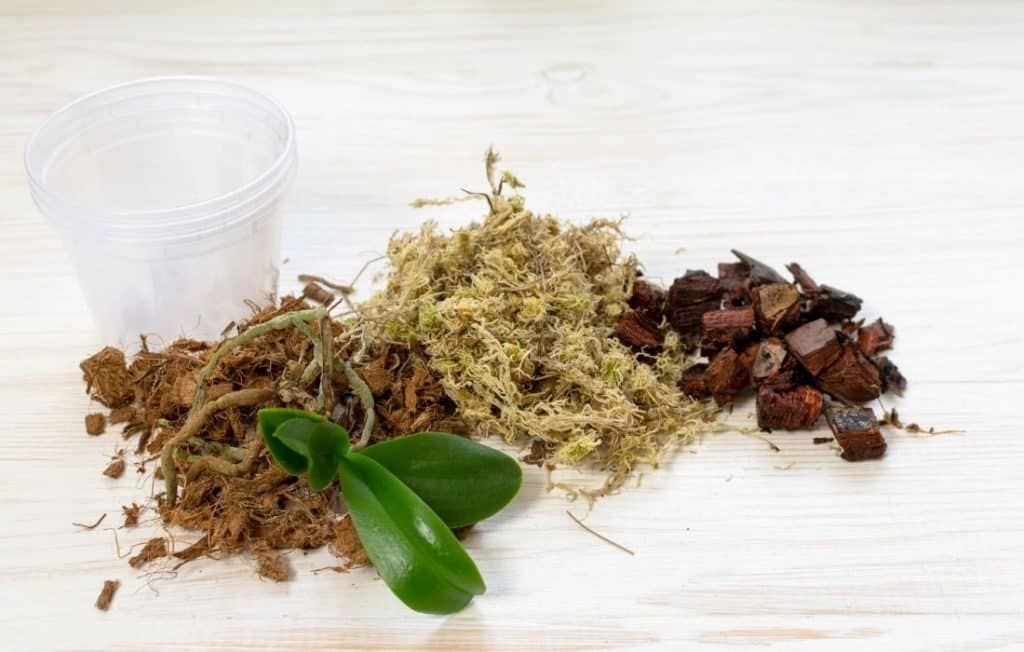
If you already have orchids at home, you can adjust their soil by adding specific materials to meet their needs. For instance:
- To keep the soil moist, add water-absorbent materials like perlite, peat moss, or tree fern.
- To improve aeration and drainage, consider adding rockwool, sand, charcoal, cork, or polystyrene foam.
These additions ensure that your orchid’s roots have the right balance of moisture, air, and nutrients.
Prepackaged Orchid Potting Mix Options

The market offers a wide range of prepackaged potting mix options. When purchasing, pay attention to the ingredients, the size of the materials, and the balance of mixing ratios. Below are some popular options:
Perfect Plants Orchid Potting Mix
This mix is specifically designed for Phalaenopsis orchids and contains pine bark, coconut coir, charcoal, and sponge rock.
Soil Sunrise Phalaenopsis Blume Orchid Mix
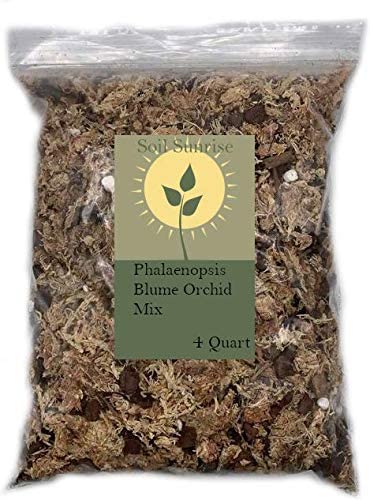
Ideal for Phalaenopsis orchids, this mix includes bark for drainage, moss to retain moisture, and perlite for organic matter.
Miracle-Gro Organic Potting Mix
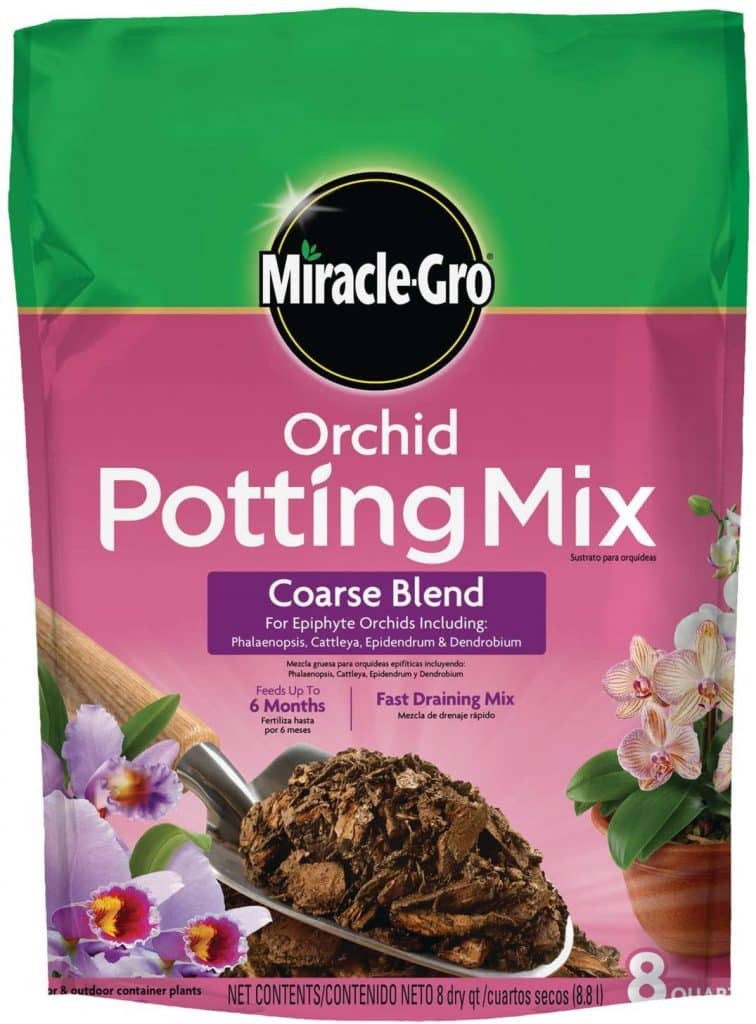
Suitable for all orchid species, this mix contains tree bark, coconut coir, perlite, and charcoal. It’s an excellent all-purpose option for orchid enthusiasts.
RePotme Orchid Mix

This mix is crafted to meet the needs of various orchid species and contains pine bark along with other organic materials.
Orchid Potting Bark
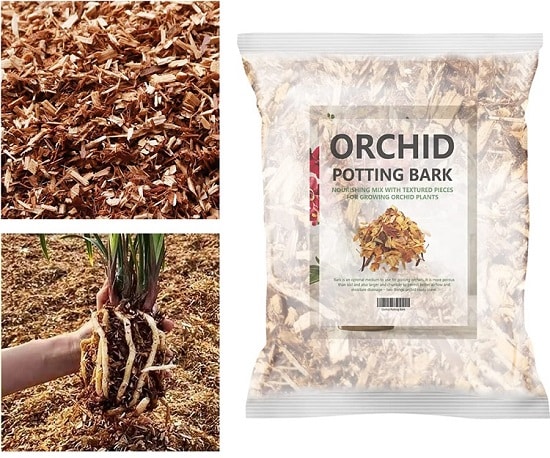
If you have both Phalaenopsis and Dendrobium orchids, this mix is a versatile choice. It contains bark and mulch, providing a balanced environment for multiple orchid types.
Essential Tips for Orchid Care
In addition to using the right orchid potting mix, follow these tips to ensure your orchids thrive:

- Watering: Orchids prefer consistent moisture but dislike being waterlogged. Adjust your watering schedule based on the type of potting mix you use.
- Light: Place your orchids in a spot with bright, indirect sunlight. Too much direct sunlight can scorch the leaves.
- Temperature and Humidity: Orchids thrive in warm, humid environments. If necessary, use a humidifier to maintain optimal conditions.
- Repotting: Repot your orchids every 1-2 years to refresh the soil and prevent root compaction.
Conclusion
Choosing the right orchid potting mix is crucial for the health and growth of your orchids. Whether you opt for a prepackaged mix or customize your own, focus on using organic and well-balanced materials that provide proper aeration, moisture retention, and drainage. By understanding the specific needs of your orchids and following proper care practices, you can enjoy vibrant, healthy plants that bloom beautifully.
If you enjoyed this article, don’t forget to check out our guide on “How to Care for Orchids“. With the right knowledge and tools, growing orchids can be a rewarding and fulfilling experience.

